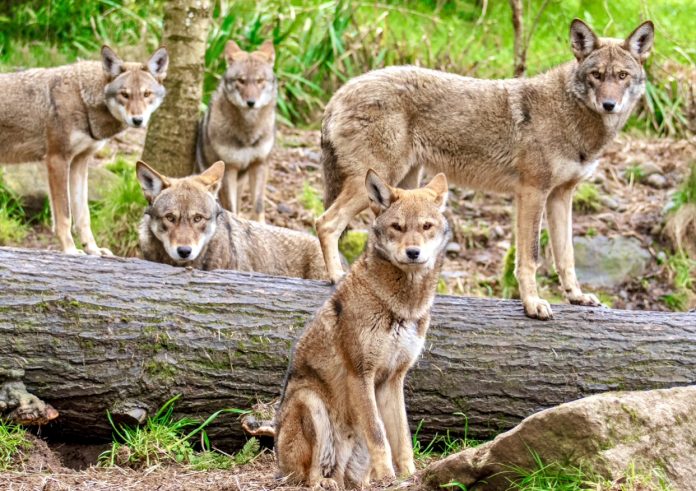
New Red Wolf Recovery Plan Calls For More Reintroductions With Only 13 Remaining In The Wild
You can help all animals and our planet by choosing compassion on your plate and in your glass. #GoVeg
RELATED ARTICLES
Amazon Faces Growing Backlash Over Selling Cruel Donkey-Hide Gelatin Products
Animal welfare advocates representing millions of people around the world gathered at Amazon HQ2 to hand-deliver over 370,000 petition signatures demanding that Amazon ban...
Man Charged With A Felony For Leaving His Dog Tied To A Fence During Hurricane Milton
A 23-year-old man has been charged with aggravated animal cruelty, a third-degree felony, after footage of his abandoned dog went viral just before Hurricane...
Colorado Officials Call Off Search For Wolf Pup Left Behind After Copper Creek Pack Was Captured
A picture of the suspected fifth wolf pup of the Copper Creek pack. Photo by: Colorado Parks and Wildlife
Conservationists and wildlife advocates are outraged...
Popular stories
News
New Gray Wolf Pack Confirmed In California Gives Hope To The Species That Was Killed Off In The State In The 1920s
(Not the actual wolves found)
Hopeful news as the California Department of Fish and Wildlife (CDFW) has confirmed that the state has a new gray wolf pack...
News
Victory! Wales Joins England & Scotland In Banning Wild Animals In Circuses Beginning December 1, 2020
Last week, the Senedd Cymru Welsh Parliament passed a ban on the use of wild animals in circuses, joining England and Scotland. The Wild...
News
Humane Society of Missouri Rescues 43 Starving Dogs & Recovers 9 Dead From A Former Commercial Breeder
Photos by: Humane Society of Missouri
Acting on a request from the Douglas County Sheriff's Department, the Humane Society of Missouri's (HSMO) Animal Cruelty Task...


